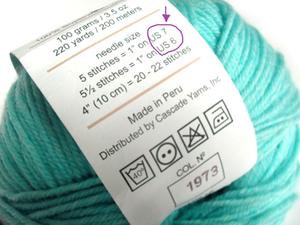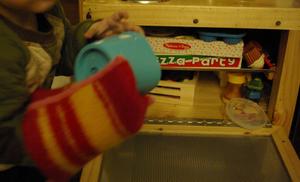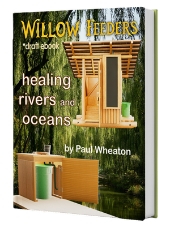
 9
9






 5
5





 3
3




~ Dragons, Fairies and even a Mini-Paul! ~ You Know You're a Permie When...~ All About Permies, including tutorials ~Herbal Hugel Spiral of Randomness!~Tricks to Keep the Dirt from Sliding off a Hugel~List of Cascadia Bloggers and Facebook Pages!~
I certify this BB is complete!
 4
4




![Filename: IMG_5745.jpg
Description: [Thumbnail for IMG_5745.jpg]](/t/101122/a/72100/IMG_5745.jpg)
![Filename: IMG_5746.jpg
Description: [Thumbnail for IMG_5746.jpg]](/t/101122/a/72101/IMG_5746.jpg)
![Filename: IMG_5747.jpg
Description: [Thumbnail for IMG_5747.jpg]](/t/101122/a/72102/IMG_5747.jpg)
![Filename: IMG_5748.jpg
Description: [Thumbnail for IMG_5748.jpg]](/t/101122/a/72103/IMG_5748.jpg)
![Filename: IMG_5763.jpg
Description: [Thumbnail for IMG_5763.jpg]](/t/101122/a/72104/IMG_5763.jpg)
![Filename: IMG_5764.jpg
Description: [Thumbnail for IMG_5764.jpg]](/t/101122/a/72105/IMG_5764.jpg)
![Filename: IMG_5765.jpg
Description: [Thumbnail for IMG_5765.jpg]](/t/101122/a/72106/IMG_5765.jpg)
![Filename: IMG_5766.jpg
Description: [Thumbnail for IMG_5766.jpg]](/t/101122/a/72107/IMG_5766.jpg)
Dave's SKIP BB's / Welcome to Permies! / Permaculture Resources / Dave's Boot Adventures & Longview Projects


















 5
5




Dave's SKIP BB's / Welcome to Permies! / Permaculture Resources / Dave's Boot Adventures & Longview Projects














 4
4




 2
2




Dave's SKIP BB's / Welcome to Permies! / Permaculture Resources / Dave's Boot Adventures & Longview Projects














 8
8




Dave Burton wrote:So, I have this fuzzy skein of what I think is wool. If I made a hotpad out of this and then posted the pics,, do you think I would be able to get certified for this BB?
Does this skein look like wool to you, Nicole? It is soft, fuzzy, and has a wispy quality to it.
 made with a metal potholder maker and they are all cotton...a solid very tight weave...some are more than thirty years old.
made with a metal potholder maker and they are all cotton...a solid very tight weave...some are more than thirty years old. "We're all just walking each other home." -Ram Dass
"Be a lamp, or a lifeboat, or a ladder."-Rumi
"It's all one song!" -Neil Young

|
look! it's a bird! it's a plane! It's .... a teeny tiny ad
The new purple deck of permaculture playing cards
https://www.kickstarter.com/projects/paulwheaton/garden-cards
|









